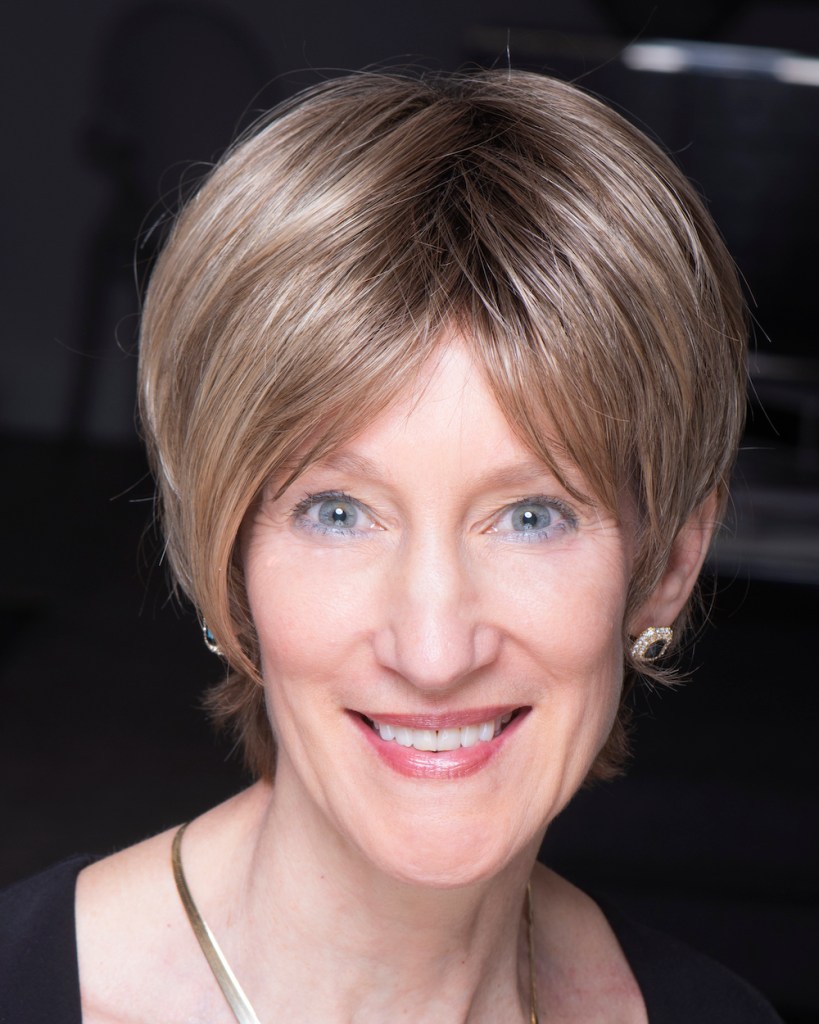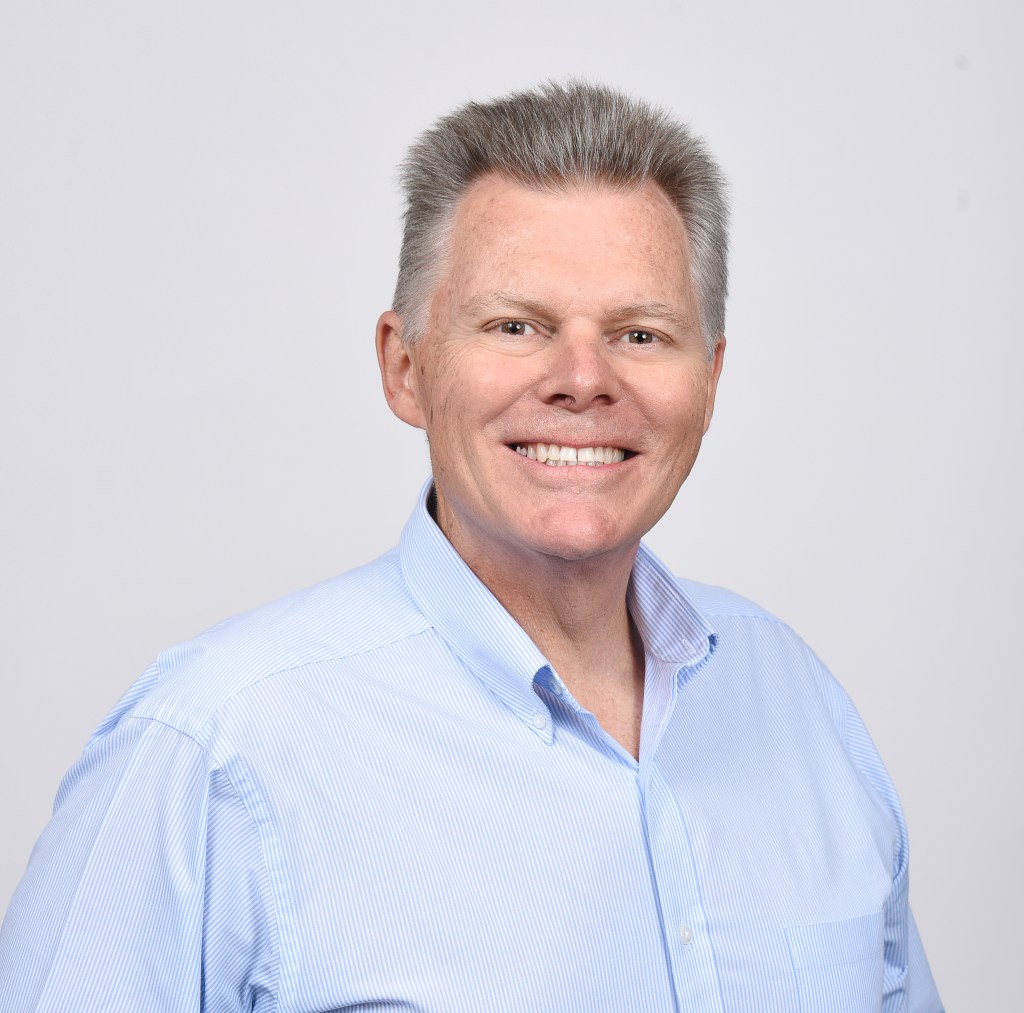Home Equity Lines of Credit (HELOCs) are continuing to gain steam in 2022, with higher volume levels as previously explored as well as a clearer picture of greater dollar volume in the space.
According to a report from the Urban Institute’s Housing Finance Policy Center (HFPC) as reported by HousingWire’s Bill Conroy, HELOC volume has risen precipitously in 2022.
“According to Equifax, HELOC and home equity loan originations have increased robustly in 2022,” the HFPC report reads in part. “$68.6 billion in HELOC credit limits and $26.6 billion in home equity loans were originated from Jan to May 2021. In the first five months of 2022, $100.8 billion in HELOC and $38.1 billion in home equity loans were originated, representing increases of nearly 50% from last year. These levels are also the highest since at least 2011.”
Because of these increases, RMD reached out to reverse mortgage professionals to see if this new activity in home equity lending could present an opportunity for their reverse mortgage businesses.
East coast: originator positioning is still key
For Laurie MacNaughton, reverse mortgage professional with Atlantic Coast Mortgage in the Washington, D.C. area, the additional interest in home equity lending as represented by heightened HELOC activity translates into a continuing need for industry professionals to refine their messaging for clients and their referral partners, especially financial planners.

“I had lunch recently with three guys who are all leaders at the intersection of reverse mortgages and financial planning, and all three are either currently in wealth management or paying from the upper echelons of wealth management before moving into the reverse space,” MacNaughton explained. “When we all sat down over lunch, I asked them why they thought the uptake among financial planners has been so tepid. The first one said that many reverse mortgage specialists come across as intensely ‘salesy.’”
A financial planner, as a fiduciary, also has a responsibility to protect clients from people who may be aggressively sales-oriented, MacNaughton said of their discussion.
“Advisors want to hear new ways to enhance their clients’ portfolios, and don’t want to be told how they can send more business to a mortgage specialist,” she says.
In terms of how these conversations tie back to the increased level of interest in HELOCs, MacNaughton said that it just lends itself to the time being right to engage in reverse mortgage conversations, especially if home equity lending itself has more eyes on it.
“The time is right,” she says. “We can see that from the HELOC profit, the reverse product is right. Borrowers’ needs are right. Home values are still right. But now those of us in origination need to make sure our efforts are cast in the right direction, and we’re in possession of the right skills to impart the knowledge our financial partners need to hear.”
West coast: age is still the name of the game
For Jeff Markell, reverse mortgage professional with Empire Home Loans in Southern California, additional HELOC interest emphasizes that the right product can be there for the right borrower depending on where they are in their lives.
“I look at it from the standpoint of age and I’m 65 myself,” he says. “For the people who are younger and still working, I think a HELOC can be a good solution for that. We’ve all enjoyed the last couple of years with a tremendous amount of equity being built up in our properties, giving us the opportunity to borrow against that if need be, or wanting to do some home improvement or pay down some credit card debt, whatever the case may be.”

HELOCs are understandably more visible at the moment, but there are also enough drawbacks for people within the reverse mortgage demographic that a reverse mortgage professional can have a reasonable, fact-based discussion about which kind of product could work better for them.
“On the flip side of [heightened HELOC activity], for a senior or somebody getting close to retirement, a HELOC has for the first 10 years an interest-only component,” Markell says. “Which somebody that’s working may find that they can make that payment no problem. But if they look at themselves 10 years down the road and they’re in retirement or their income is based upon Social Security and maybe a pension, they may not be making as much. How are they going to make that principal and interest payment once year 11 kicks in?”
When he has conversations with senior clients, Markell aims to lay out both products side-by-side and weigh the pros and cons against a client’s individual financial situation. That could be a boon for a discussion that compares the two because of the mechanics of a reverse mortgage line of credit versus a traditional HELOC, and the ability to avoid making any payments against it versus the interest-only aspect of a HELOC.
Comparing the products invites those more robust conversations, he says, but the fact that home equity is being talked about more widely is a good thing for both the HELOC business and the reverse mortgage business, Markell says.
“A HELOC can be reduced or called or frozen, whereas with the reverse mortgage line of credit, none of those things can happen,” he says. “So it really is situational. And again, it goes back to what I said about being a consultant. Let’s look at both of these, and figure out which one may be the better fit for the client. But I am excited that that part of the business has grown so much because it provides more opportunities for all of us to help more people.”
Read the HFPC report detailing the increase in HELOC business.






